For many generations, the Mong people in Sa Pa (Lao Cai) have always been highly conscious of preserving their traditional culture, including the technique of drawing patterns with beeswax. Using natural materials, through the skillful hands of their grandmothers and mothers, beeswax drawings have become indispensable decorative motifs on traditional brocade items and costumes. This drawing technique is one of the unique quintessence of the Mong ethnic culture here.
Having been involved in the profession for nearly 40 years, Mrs. Giang Thi So (58 years old, Ta Van commune, Sa Pa town, Lao Cai province) shared: "Painting patterns with beeswax is quite a difficult job, requiring the painter to be skillful, meticulous and diligent. No one in my family follows this profession, but since I was young, I have loved drawing, so I researched and learned from experienced women who have worked for many years in the village and commune."
For the Mong ethnic group, drawing patterns with beeswax is one of the important steps in the process of creating a costume or traditional brocade items such as handbags, scarves, pillows, curtains... The materials to create the products are all searched for from nature and go through many stages. After spinning linen, weaving fabric... the next step is drawing patterns with beeswax, this is also an important, elaborate and time-consuming step.
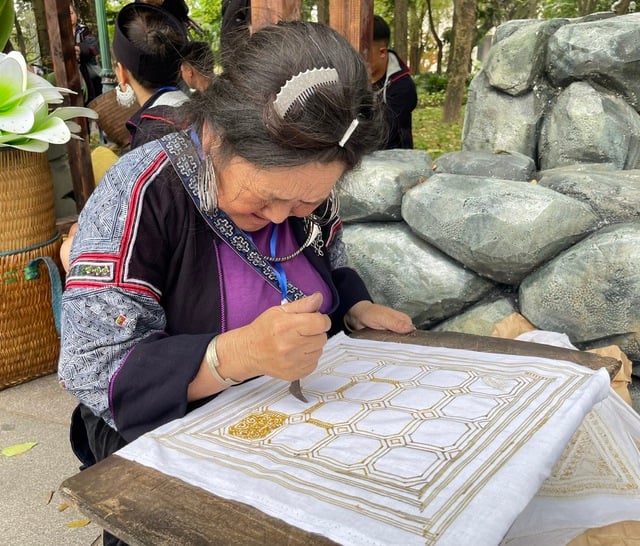
Mrs. Giang Thi So (Ta Van commune, Sa Pa town, Lao Cai province)
"To become a professional pattern painter, not only must you have skillful skills but you must also be creative and flexible. The patterns and motifs drawn are also based on the shapes of animals and plants in nature such as snails, leaves, flowers, the moon... there are also interesting stories associated with the working life in the mountainous areas of ethnic minorities" - Ms. Giang Thi So said.
According to Mrs. Giang Thi So, before starting the process of drawing patterns with beeswax, the painter must choose beeswax. There are two types of wax: yellow is young wax and black is old wax. After all the honey is extracted, the wax is cooked until melted and then the two types are mixed together. To be able to draw wax on fabric, beeswax must always be heated at a high temperature of 70-80 degrees Celsius, then the wax will not dry out and will be easy for the painter. The pen for drawing is made from a bamboo or wooden stick 7-10cm long, the tip of the pen is clamped to the bamboo stick. The pen tip is made from 3 triangular copper leaves, the thinner the pen tip, the more beautiful the pattern.
In addition, to create patterns, the artist will dip the pen tip into heated wax, then draw the patterns on the fabric that has been lined with evenly spaced boxes. The artist must keep the wax on the pen flowing evenly until it runs out, then continue to dip the pen into wax for the following strokes.
"After drawing the pattern, the fabric must be put into a pot of boiling water to remove all the beeswax, leaving only the pattern on the fabric. Next, it is dyed indigo, dried, embroidered with colored thread... and finally made into products such as pillowcases, towels, and clothing..." - Ms. Giang Thi So added.
Through that, we can see that the process of drawing patterns with beeswax on fabric of the Mong people sounds simple, but to create a complete product, the Mong people have to spend a lot of effort and time. However, despite the difficulty and hardship, the Mong people still try to preserve this unique cultural feature in modern life today.
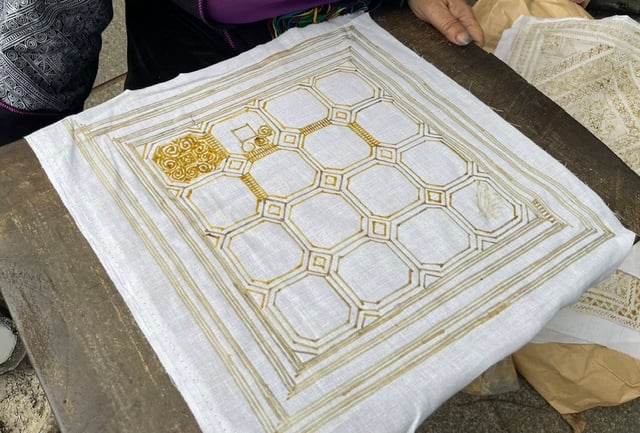
The painted motifs and patterns are also based on the shapes of animals and plants in nature such as snails, leaves, flowers, the moon...
Mrs. Giang Thi So shared: "Despite facing modern life, our people still work together to protect and promote this unique quintessence of the nation. Therefore, in addition to drawing patterns, during the day I also have to do farm work and other things. So the drawing has to be done in the evening and in my free time. In the village, many people order me to draw, mostly according to the samples they bring. It takes two days to finish drawing a pillowcase, and a week to draw a shirt, not to mention having to dye it indigo or any color you like afterwards. Along with making ordered products, I also draw to hang in the house for decoration and also to sell."
Because they are always aware of the need to preserve and promote the craft of painting patterns with beeswax, this art of the Mong people is always learned and followed by the next generations. Therefore, in recent years, their products not only serve daily life but also become souvenirs for tourists. When coming here, seeing, learning and experiencing will help tourists understand more about the unique culture as well as the life of the ethnic minorities in the highlands of our country./.
Source: https://toquoc.vn/giu-gin-nghe-thuat-ve-hoa-van-bang-sap-ong-cua-dong-bao-nguoi-mong-o-sa-pa-lao-cai-20240930164332077.htm



![[Photo] General Secretary To Lam meets and expresses gratitude to Vietnam's Belarusian friends](https://vphoto.vietnam.vn/thumb/1200x675/vietnam/resource/IMAGE/2025/5/11/c515ee2054c54a87aa8a7cb520f2fa6e)
![[Photo] General Secretary To Lam arrives in Minsk, begins state visit to Belarus](https://vphoto.vietnam.vn/thumb/1200x675/vietnam/resource/IMAGE/2025/5/11/76602f587468437f8b5b7104495f444d)
![[Photo] General Secretary To Lam concludes visit to Russia, departs for Belarus](https://vphoto.vietnam.vn/thumb/1200x675/vietnam/resource/IMAGE/2025/5/11/0acf1081a95e4b1d9886c67fdafd95ed)










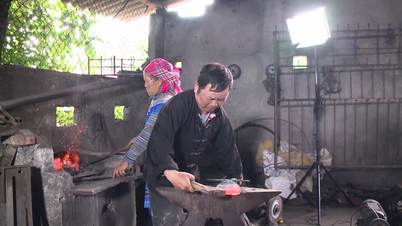

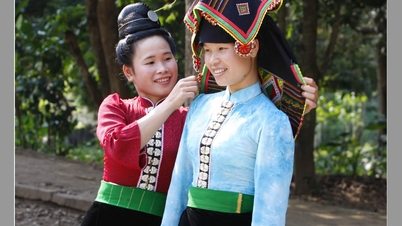

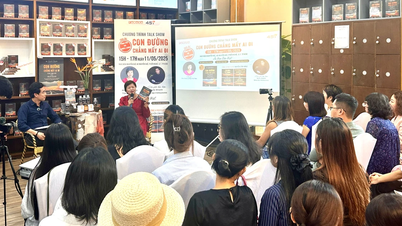










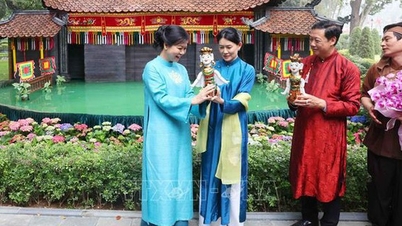





![[Photo] National Assembly Chairman Tran Thanh Man attends the Party Congress of the Committee for Culture and Social Affairs](https://vphoto.vietnam.vn/thumb/1200x675/vietnam/resource/IMAGE/2025/5/11/f5ed02beb9404bca998a08b34ef255a6)



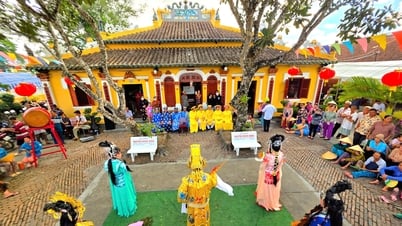
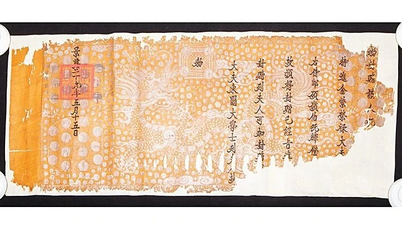







































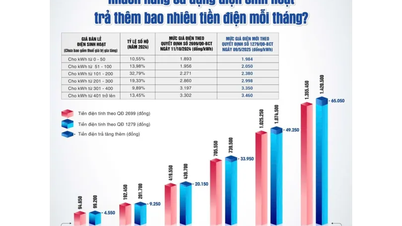









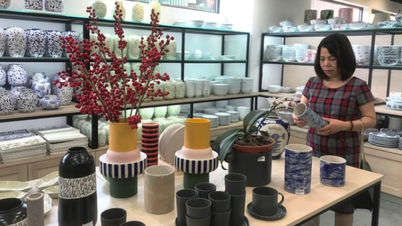





Comment (0)